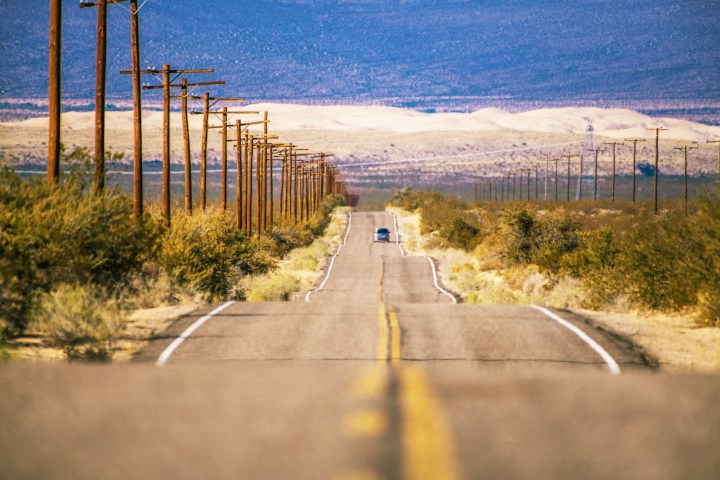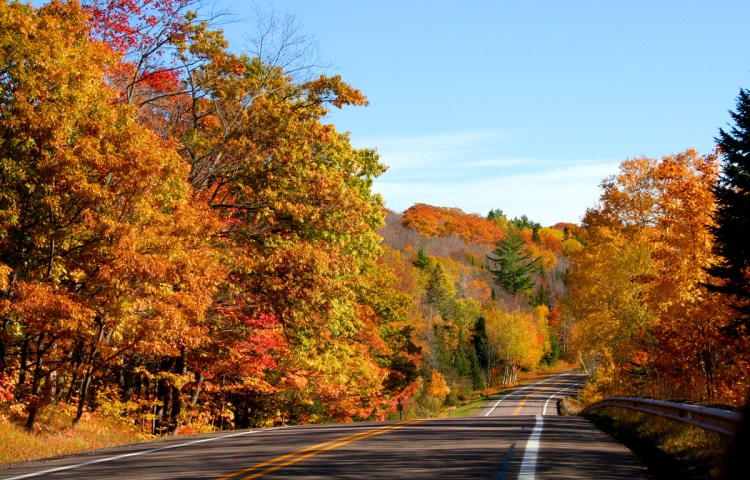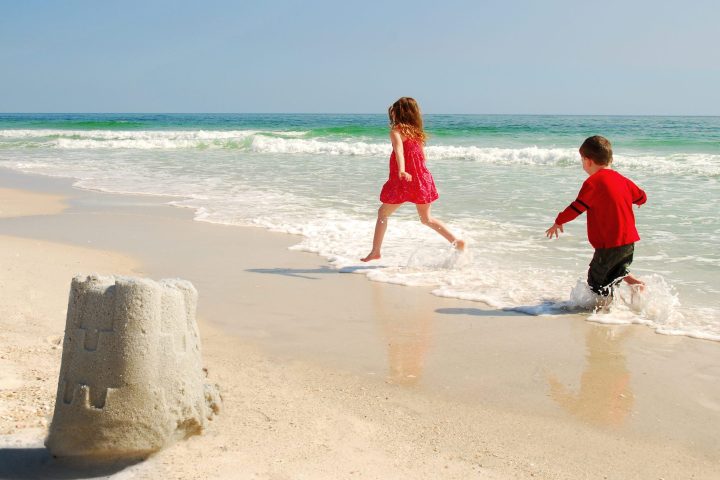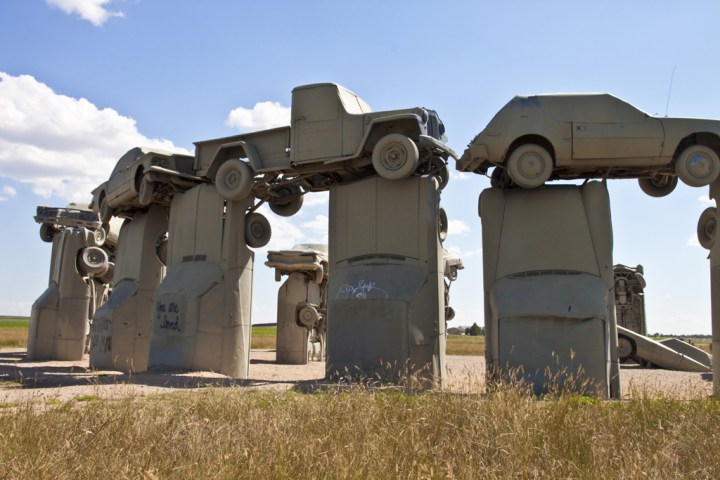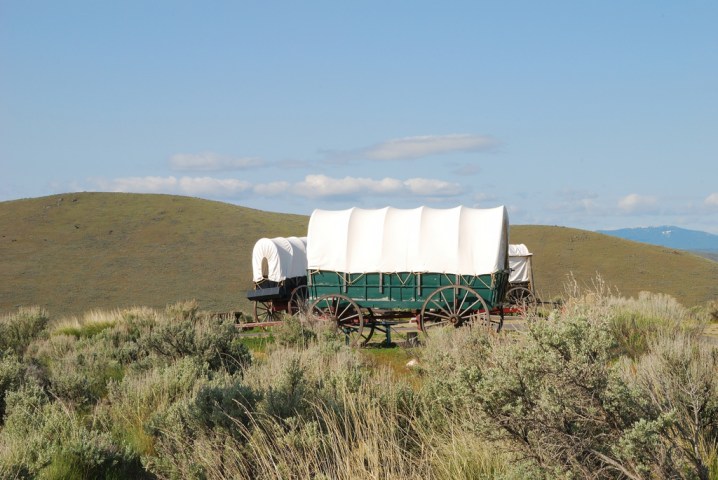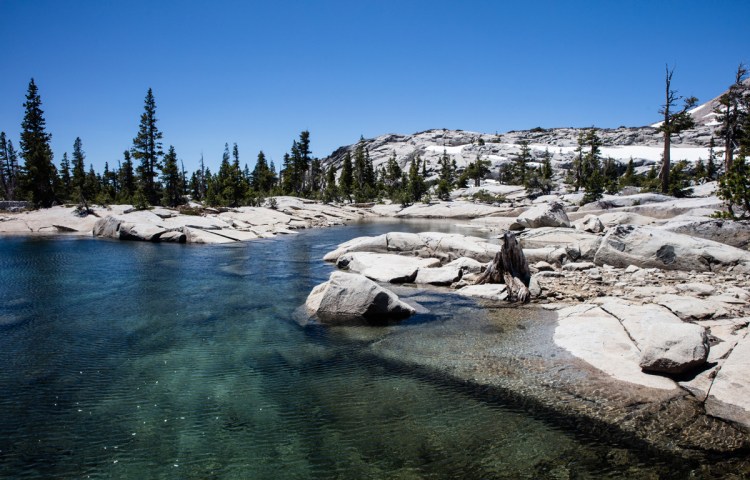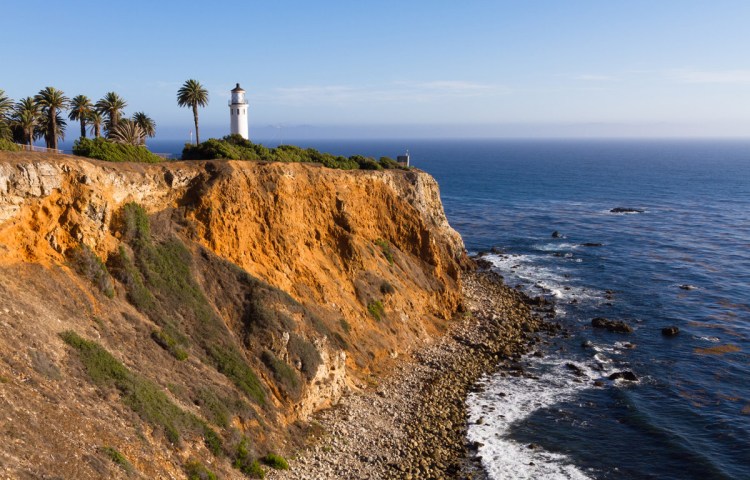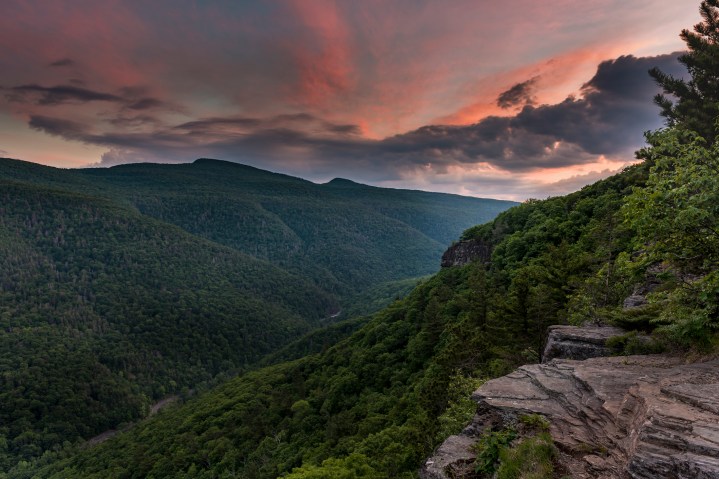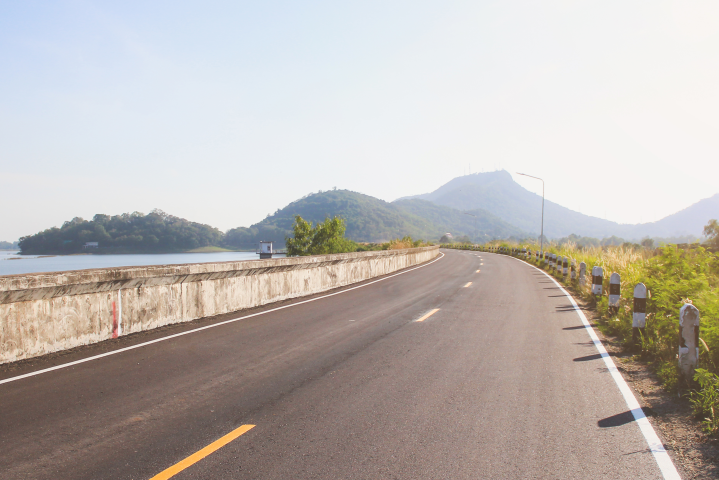Road Tripping During COVID-19: 7 Tips for Your Open Road Adventure
Has lockdown spurred your urge to roam? Same.
Because we’re deep in the middle of the COVID-19 pandemic, the most responsible thing to do is to stay home. But if daydreaming from home isn’t doing the trick and you just have to get out and about, consider a road trip.
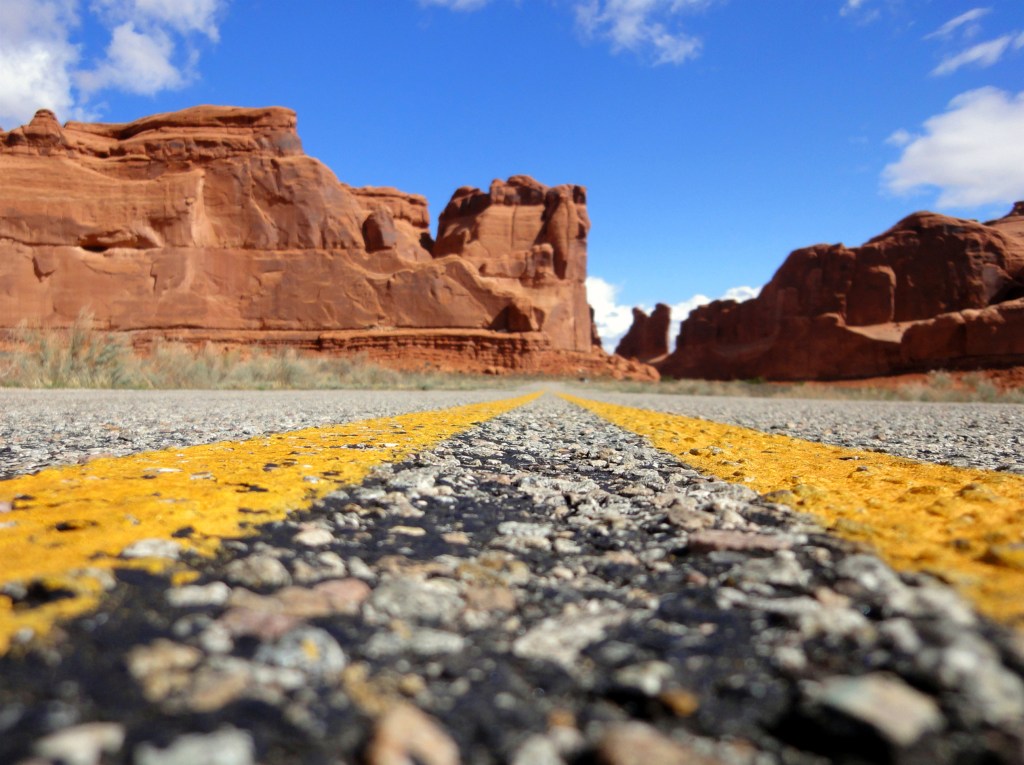
Unlike other modes of travel, road trips can satisfy both your wanderlust and the all-important need for COVID-related safety. And according to a survey by the U.S. Travel Association and MMGY Travel Intelligence, 68 percent of people feel safest traveling by personal vehicle.
Here are seven suggestions for safe road-tripping during COVID-19.
Before traveling, be it via road trip or otherwise, check the latest CDC guidelines and local restrictions in the areas you’ll be visiting.
Prep your vehicle ahead of time
Making sure your vehicle is in tip-top shape before embarking on a road trip is a priority regardless of whether you travel now or post-pandemic. However, during COVID, certain services, such as gas stations, auto repair shops, and tire stores, may have limited hours and accessibility, so your vehicle should be up to date on all required maintenance. Have your mechanic check the tires and tire pressure, belts, hoses, and all lights and turn signals. Also ask him or her to check the vehicle’s fluids (oil, brake, coolant, and power steering), test the vehicle’s battery, and replace wiper blades if necessary.
Bring emergency essentials
This is another road-trip must-do regardless of when you travel. But self-sufficiency and emergency preparedness when on the road during COVID are especially important. Here’s a checklist for what to pack: first aid kit, five gallons of drinking water, jumper cables, spare tire or tire-repair kit, flashlight, new batteries, blanket, emergency flares, waterproof matches, a few towels or rags, and non-perishable snacks.
Start planning your road trip adventure today.
Pack personal protective equipment
Personal protective equipment, otherwise known as PPE, is fancy phrasing for those items you’ll need to clean, disinfect, and protect the health of yourself and others. Bring: face masks or face coverings, disinfectant wipes, soap, and hand sanitizer. Don’t rely on being able to pick these up on the road—availability could be scarce—and bring more than you think you’ll need. Your PPE kit will be particularly useful at gas stations and rest areas, where surfaces such as pump handles, credit card keypads, doors, counters, etc. are touched by dozens of people daily.
Know the COVID mandates in each state
Guidelines like travel quarantine rules, phased reopening, and mask requirements vary from state to state. If your road journey plans to cross state lines, it’s a good idea to read up on what’s required and where. This includes researching the attractions you wish to visit as many places offer limited days and hours that they are open, and some even require advance reservations. Once you’ve outlined your trip, check state government websites and state tourism bureau websites. Also, the Centers for Disease Control and Prevention (CDC) has an online directory of the health departments for all 50 states.
Research lodging
The magic of a road trip is indulging in those spur-of-the-moment decisions—pulling off to soak up the vistas at a scenic overlook or stopping to browse the goods at a farmers’ market—but when it comes to hotel accommodations during COVID, you’ll want to plan ahead. Map out your road-trip itinerary, then research lodging along the route. Look for places that fit into your budget (obviously), but that also have thorough pandemic procedures in place. Most hotels list their COVID measures on the homepage of their website. Search for enforced mask-wearing policies and social distancing rules, strict cleaning protocols for rooms and high-contact surfaces, and guest capacity limits. A bonus is a hotel that offers in-room kitchenettes so you can do your own meal prep or accommodations located near restaurants where you can order takeout.
Explore the outdoors
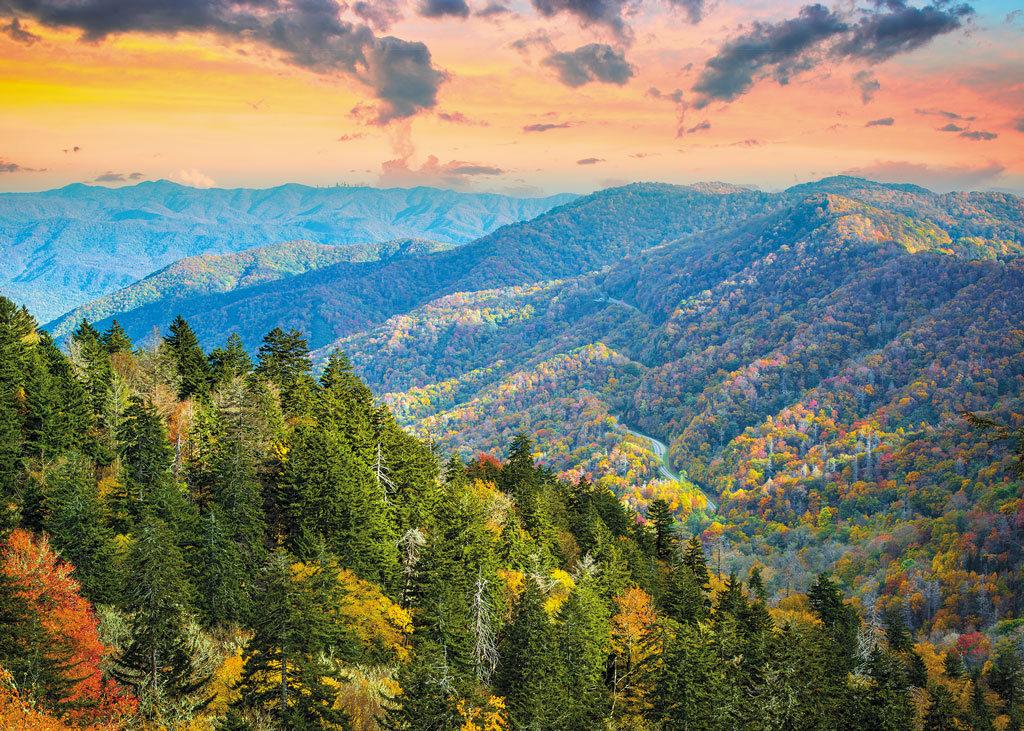
So much is still unknown about COVID-19, but one thing on which most experts agree is that spending time outdoors = good. If ever there was a time to enjoy our country’s wide-open spaces, it’s now. From national parks and state parks to preserves and wilderness areas, there is plenty of nature just waiting to be hiked, biked, climbed, and kayaked. Before you set out to trek into the wild, familiarize yourself with Leave No Trace principles and the weather, wildlife, and terrain of your destination. Remember: The more we can minimize our impact on these beautiful lands, the longer we—and future generations—can enjoy them.
Be flexible
The COVID-19 pandemic is a constantly evolving situation, which means mandates might change from day to day. It’s good to have an itinerary, but stay open-minded and always have a back-up plan if circumstances shift at the last minute. A road trip by its very nature is built for flexibility, so should you need to cut your trip short, or even add a few days to extend it, you’re free to do so. You’re at the wheel—literally—so let yourself enjoy being in charge of your own destiny.
Jessica Dunham is the author of Moon Route 66 Road Trip and The Open Road: 50 Best Road Trips in the USA.
what to read next:
By clicking ‘Sign Up,’ I acknowledge that I have read and agree to Hachette Book Group’s Privacy Policy and Terms of Use
